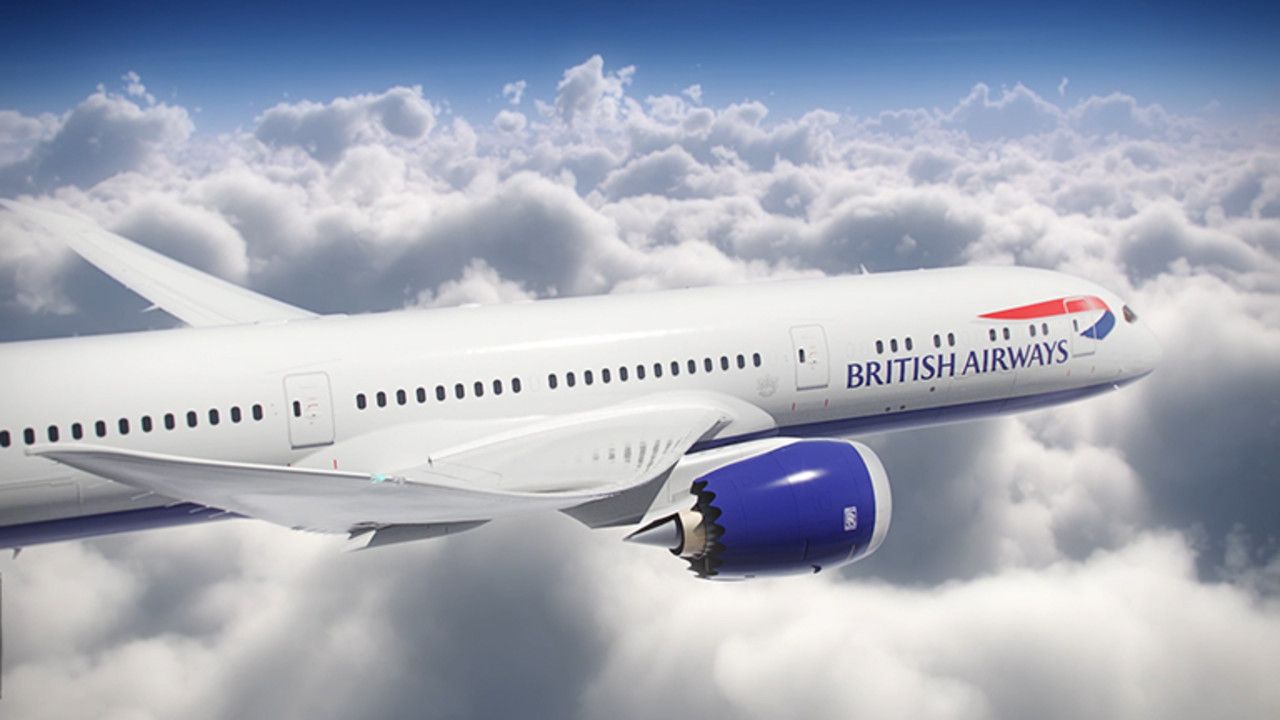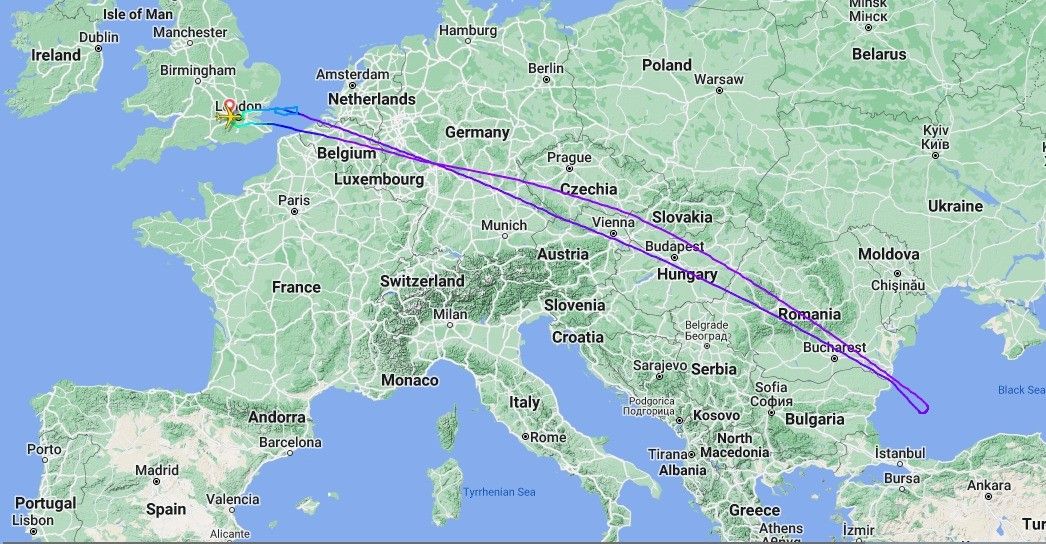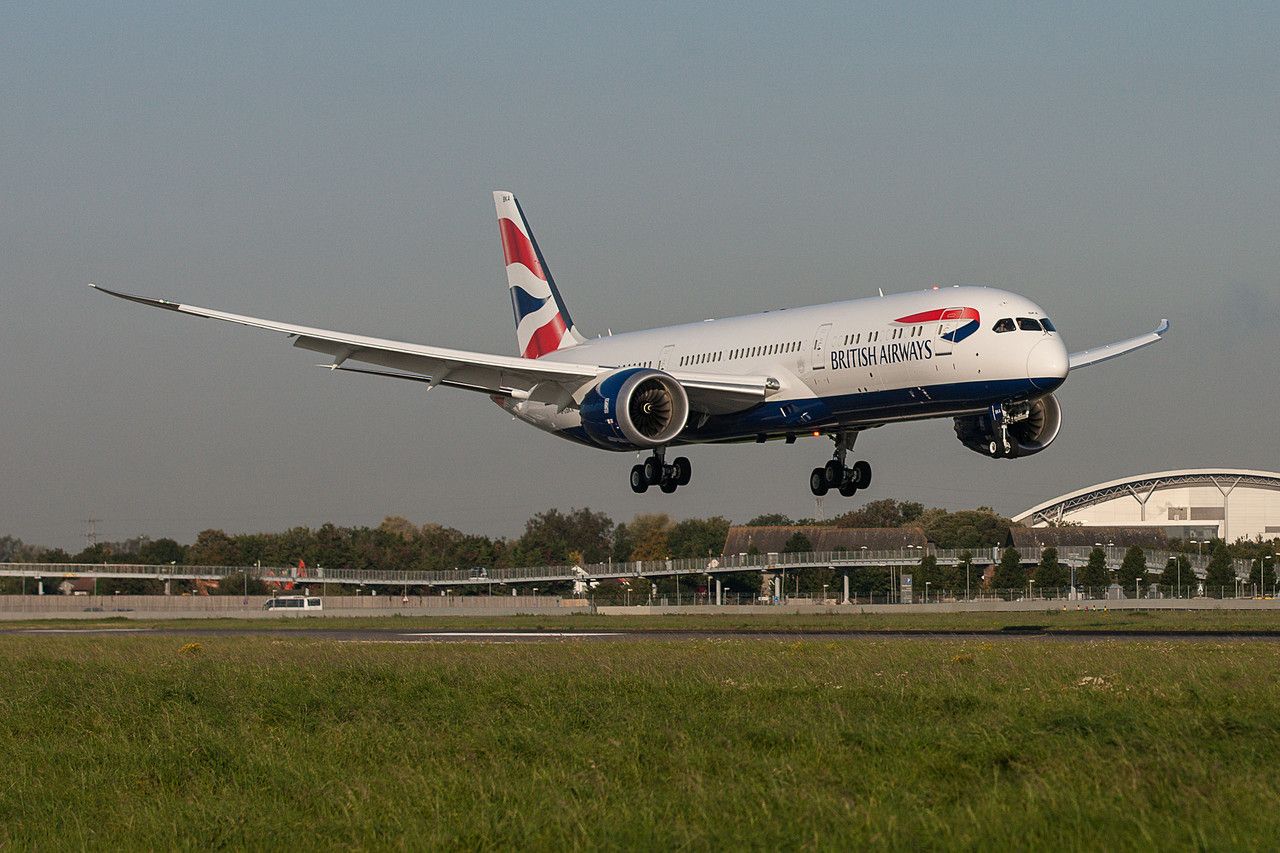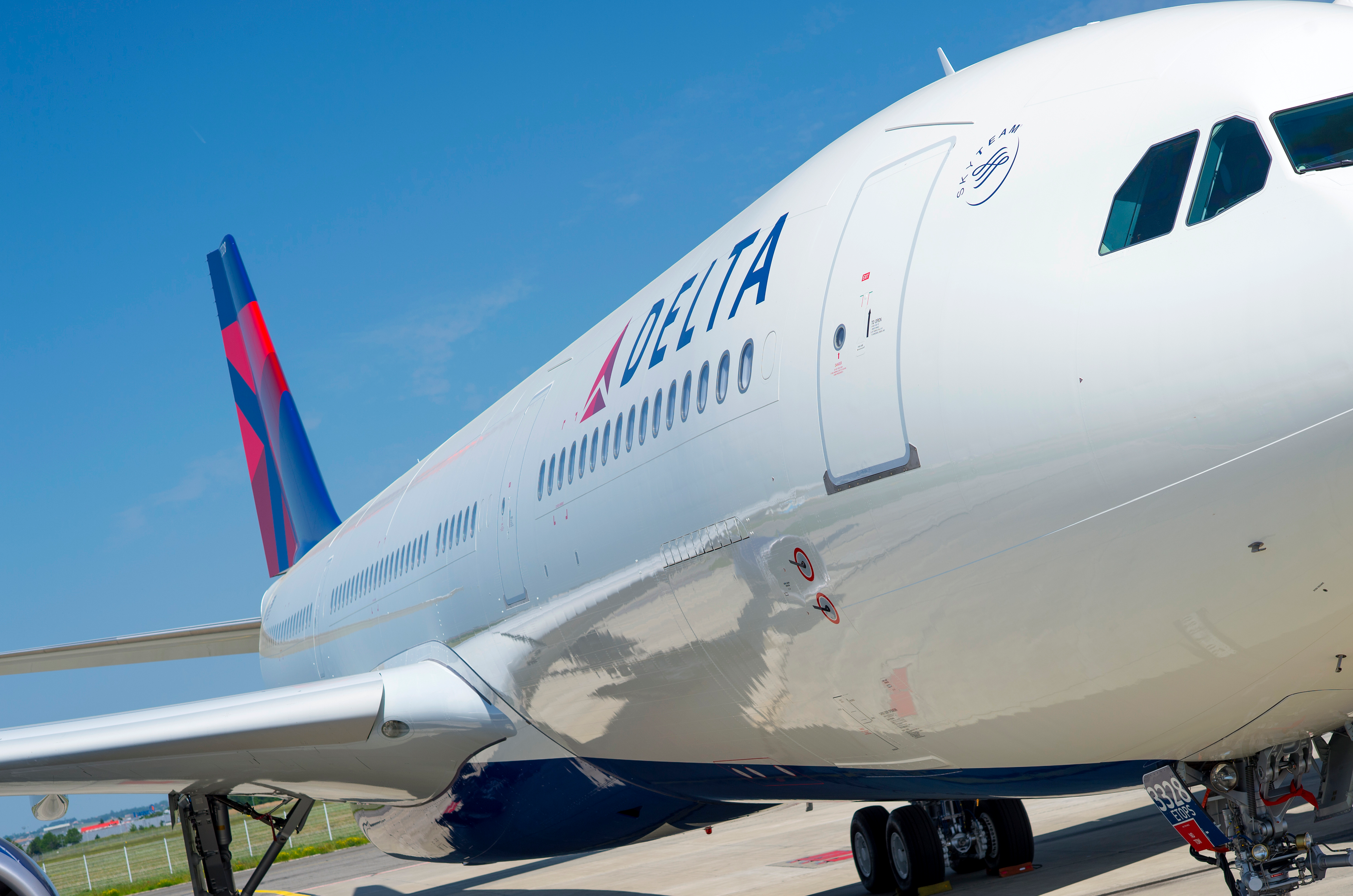Yesterday, January 10th, British Airways flight BA143 from London Heathrow to Delhi was forced to turn around due to a technical issue while flying over the Black Sea. The flight, operated by one of the airline's Boeing 787-9 Dreamliners (registration G-ZBKO), landed safely back at Heathrow after almost eight hours in the air.
A long haul to nowhere
Departing Heathrow (LHR) at 11:44 GMT, the routing took flight BA143 over Belgium, Germany, Austria, Hungary, and Romania, reaching its cruising altitude of 37,000ft over the Black Sea off the east coast of Bulgaria.
However, at this point, the flight suffered a technical issue which led to the flight crew deciding to return to Heathrow rather than divert to another airport closer to their position. The flight subsequently made a 180-degree turn, heading back toward its home base and following almost the same track north as the outbound leg. The U-turn was initiated at 14:38 GMT, just shy of three hours after take-off.
Keep up to date with all the latest aviation news with Simple Flying.
Flight 143 eventually landed back on Heathrow's runway 27R at 18:24 GMT, a total of seven hours and 40 minutes after taking off for Delhi. Although met by the airport's fire service as a precaution, the aircraft taxied to the gate under its own power arriving at the gate at Terminal 5 at 18:36.
Details of Flight BA143
British Airways flight 143 is the airline's daily service from London Heathrow to Delhi and is operated by the airline's fleet of Boeing 787s, with both the 787-8 and 787-9 being deployed. The flight is scheduled to leave Heathrow at 11:00 GMT each morning, arriving at Delhi at 01:15 local time in the early hours of the following morning.
The flight typically takes around eight hours flying time between the two cities.
The aircraft involved, G-ZKBO, was delivered new to the airline in September 2016, making it six years and four months old. It is powered by a pair of Rolls-Royce Trent 1000 engines and is configured with 216 passenger seats in a four-class arrangement (8 first class, 42 business class, 38 premium economy, and 127 economy).
The 787-9 forms a significant element of the current British Airways long-haul fleet, with 18 aircraft in the fleet, operating alongside 12 of the smaller Boeing 787-8s. The average age of the 787-9 fleet is 6.6 years,
Simple Flying has reached out to British Airways for comment regarding the diversion to flight BA143 yesterday, and this article will be updated once a response is received.
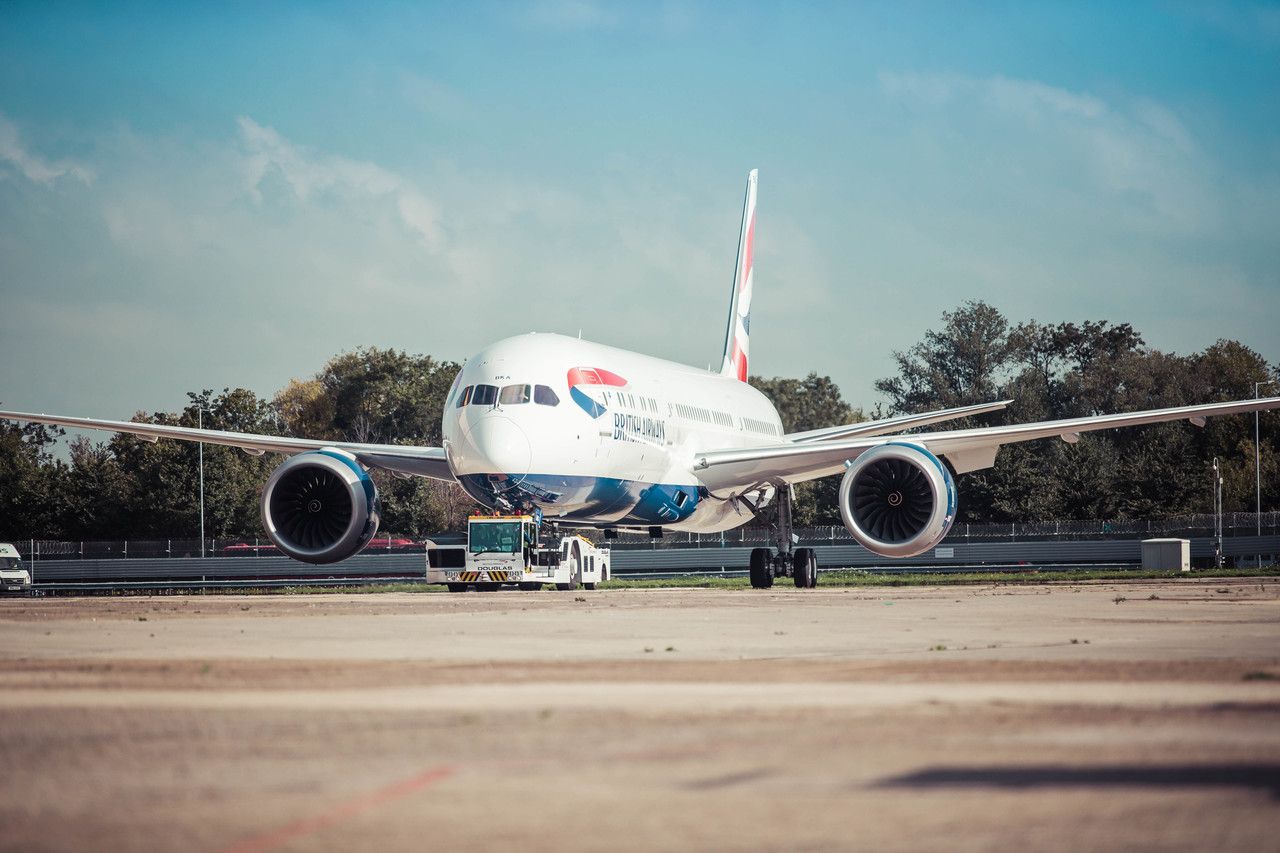 A day for long-haul diversions
A day for long-haul diversions
It seems that long-haul, wide-bodied diversions were not limited to just British Airways yesterday.
A Delta Air Lines Airbus A330-300 (registration N805NW) performing flight DL221 from Paris Charles de Gaulle (CDG) to Salt Lake City (SLC) was cruising en route at 39,000ft about 160 nautical miles northwest of Inverness, when the crew decided to divert to Madrid (MAD) due to an engine anti-ice issue.
About to enter oceanic airspace and facing icing conditions over the Atlantic due to an extensive weather system, the aircraft managed to keep clear of icing conditions flying southbound across Northern Ireland, Ireland, the Bay of Biscay, and mainland Spain before safely landing on Madrid's runway 32L, just over four hours after the crew's decision to divert.
The aircraft remains on the ground in Madrid at the time of writing.
Were you onboard either BA143 or DL221 yesterday? If so, how was the atmosphere on the flight once passengers were informed of the flight's diversion? Let us know in the comments.
Sources: Flightradar24, Airlive.net. ch-aviation

